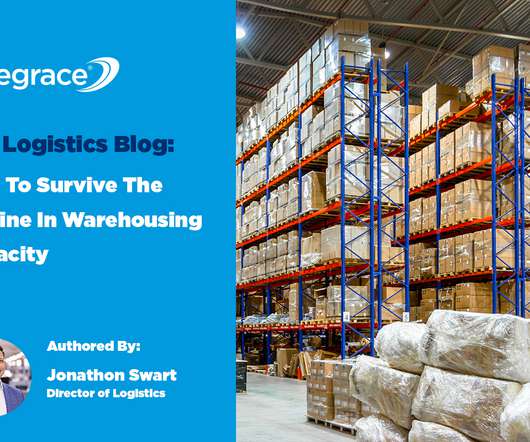Mobilisation in the Information Technology Era
Logistics in War
JUNE 8, 2019
Artificial intelligence, big data, virtual reality, robotics, cloud computing. This is the exciting world of three-D printing where production batch sizes can be small or on-demand without impacting production efficiency. There seem three broad types of strategy an attacker might use with simplest being inducing chaos.














Let's personalize your content